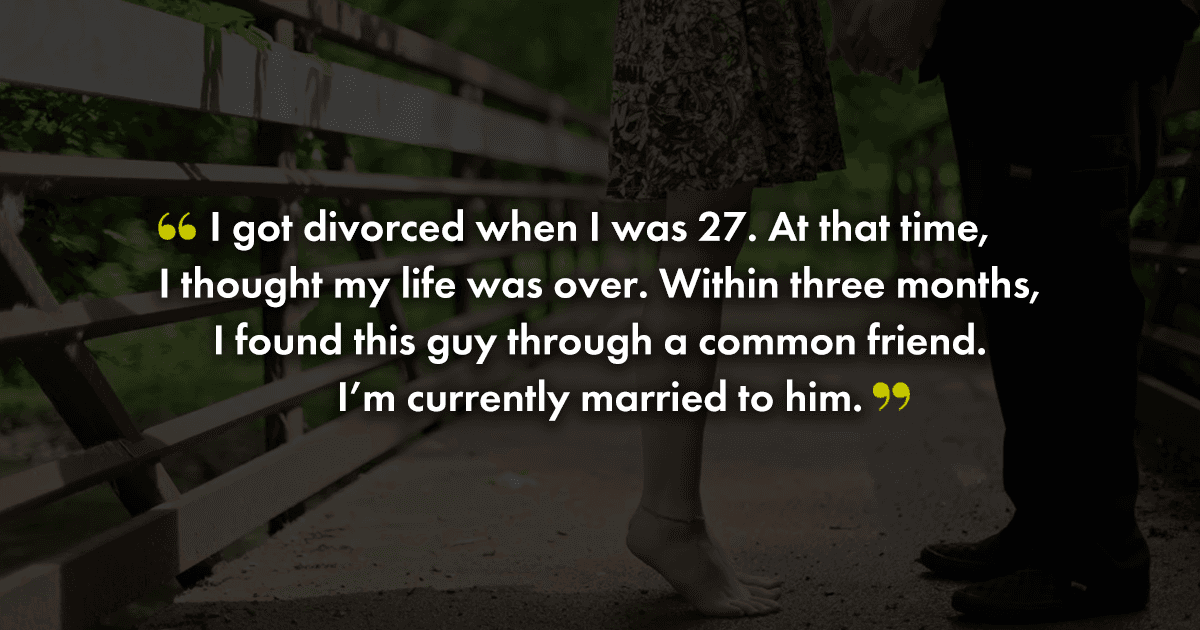An open relationship is a setup where both partners agree that each can have sexual relations with other partners – outside the relationship. Since it “sounds” like it does, we treat it as taboo – as something that is morally corrupt. The truth is, that not all things that we don’t understand or relate with, are wrong. It’s also important to know that there is no one correct definition of a healthy relationship. The healthiest part is probably acknowledging what you and your partner want.

So, open relationships not only exist, they also function well when there are proper rules established in the setup. Here are some rules that may work for some partners.
1. Managing emotional boundaries.
It’s crucial to establish acceptable social and emotional boundaries. For this, you must address certain questions with your partner. Like, is it possible to engage in sexual activity without forming emotional attachments? And if emotions do arise, how will you both handle the situation?
“Other than that we don’t have rules, we talk about our feelings a lot which so far has avoided any issues. Neither of us has had any strong romantic feelings for anyone else yet, but I’m confident that we love each other enough, communicate well and understand other well enough to navigate things as the come up.”

2. Communicate about the amount of time you spend with other partners.
After discussing the emotional aspects of the relationships, it’s important to talk about the smaller details. Something as simple as how much time you will spend with other partners is an important discussion. You can talk to your partner about what is comfortable for them, and plan accordingly. Maybe dedicate specific days to them, to avoid any misunderstandings.
“Keep each other informed. This is key for us. We don’t need details but just letting each other know we are spending time with someone else helps us trust each other and reassures us that we aren’t hiding a relationship from one another.”
– Jolsen

3. Keep consent as one of the top priorities.
In an open relationship, consent ensures that all parties have willingly agreed to participate in any new connections or experiences, fostering respect for personal boundaries. Respect, with consent, recognizes the individuality and worth of each person, emphasizing kindness, consideration, and understanding in interactions.
“I like to be reassured that my partner’s FWBs knows about me and the rules of our open relationship. So if everyone respects each other and plays by the rules then everyone wins. My partner and I check in once a week to make sure we are both happy.”

4. Know what matters more.
It’s important to prioritize your main relationship above everything else, even when exploring open relationships. Make sure you don’t let physical intimacy interfere with your main relationship. Before starting an open relationship, have a conversation about what matters most to both of you. This way, you’ll both understand each other’s priorities and can avoid problems later on.
“Primary relationship comes first and all parties involved understand and accept that. That’s about it right now. We just communicate regularly and adjust as need be. It’s worked for us for years now.”

5. Discuss about your boundaries well.
it’s crucial to clearly discuss and agree upon boundaries related to sexual activity. This includes determining how often sexual encounters can happen, the number of partners involved at one time, where encounters can occur, and any other specific details. Couples must also clarify the types of sexual activities that are acceptable.
“Together for 2+ years, open from the beginning. We don’t use condoms together but with others we use condoms for penetration.”

6. Arrange full-fledged conversations.
Again, just talk more often. In this case, keep making sure that you and your primary partner are on the same page about things. Assumptions can lead to misunderstandings in any relationship, so it’s crucial to have regular check-ins where both partners can share their feelings, adjust agreed-upon boundaries if necessary, and evaluate the overall health of the primary relationship.
“Find the courage to ask questions and to express what you really want. Communicate with others as clearly as you can to avoid misunderstandings, sadness and drama.”

7. Be mindful of things.
In open relationships, partners aren’t required to seek “permission” for their hookups. However, it’s advisable to assess situations more properly. For instance, avoid hookups that could potentially cause emotional distress. That said, you also need to be mindful in intimate situations – logically and otherwise. Something as simple as practicing safe sex is important.
“We’re each other’s primaries, engaged to be married, and are planning to buy a house together. So we expect each other to have an honest conversation with the other person, if anything at all changes, which might potentially affect this status.”

8. Know when to stop.
Finally, it’s normal to want to end such a setup – as normal as it is to want to end any relationship. It comes down to what you’re comfortable with. You’re entitled to withdraw from any situation whenever you feel the need to. Also, if your primary partner doesn’t share this perspective, it might be necessary to end that relationship as well.
“Understand that the the other person’s feeling are the most important. If she doesn’t want me to see anyone anymore, it stops. Vice versa! We keep it pretty simple but following this guideline pretty much covers the nitty gritty of it.”

In the end, it clearly boils down to communication.

















